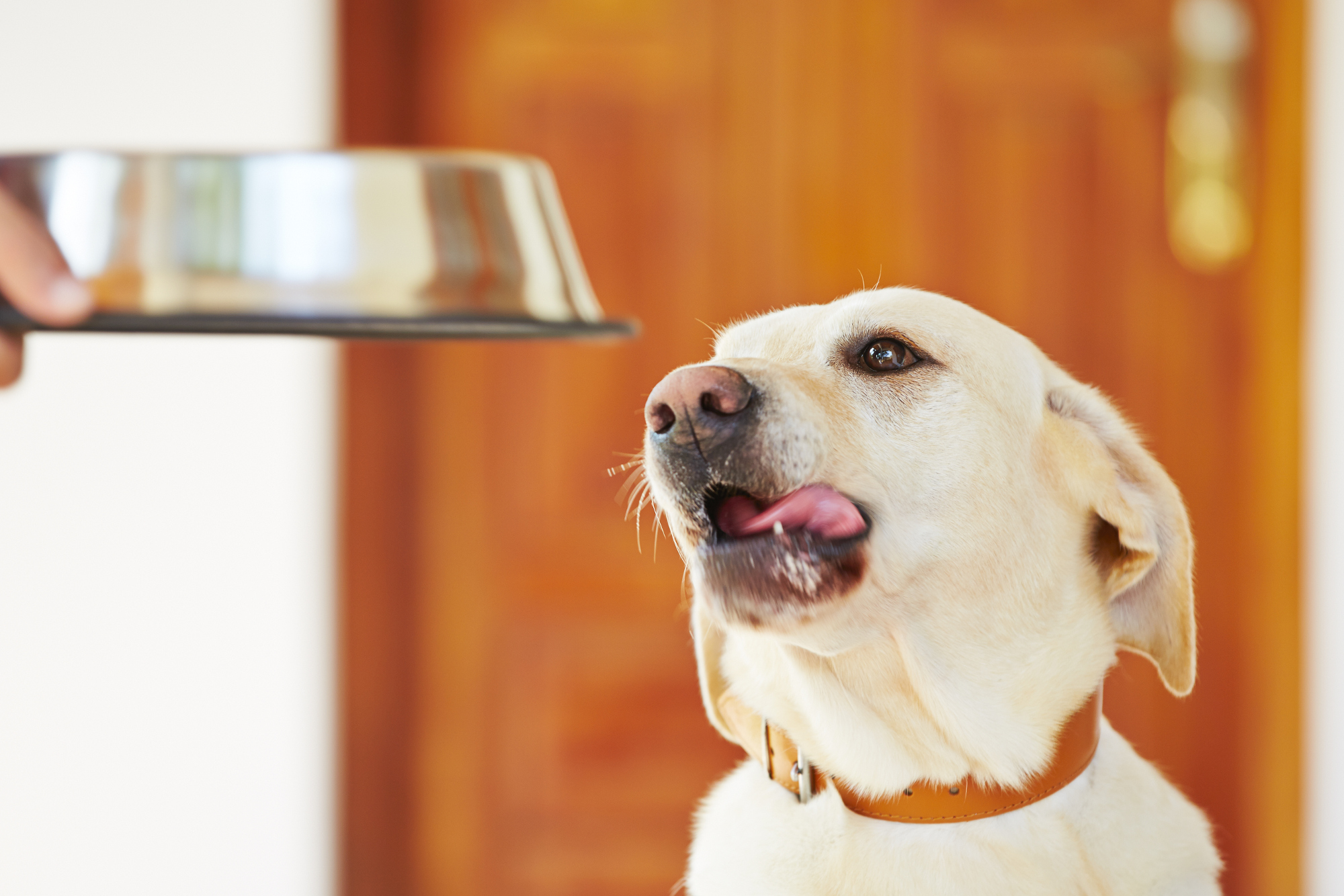
Your 6-Month Health Check
Happy half year birthday to your gorgeous puppy. Time flies rapidly, your growing furry baby will be so much bigger already, I hop...
15 December 2017
Read More
Nutrition is one of the central keys to keeping a happy, healthy dog. There are many possible ways to feed a puppy. Some people find one way that’s successful and then make the mistake of presuming that it’s the “only true way” to provide good nutrition. Other people visit their local pet shop and are given advice from the staff, making the mistaken presumption that “if they say it, it must be true”. The truth is that yes, sometimes the advice is excellent, but often that advice happens to include a gentle (or firm) nudge towards the products on the pet shop shelves that the company prefers you to choose.
So, what’s the truth? The ideal answer for puppy owners would be to consult a private nutritionist who would discuss the details of your pet’s background, and then give you a series of possible nutritional strategies. These could include commercial pet foods, as well as carefully concocted and nutritionally balanced homemade versions.
The reality is that most people don’t have the time, money nor inclination to contact a private nutritionist, and in any case, in most cases, it just isn’t necessary. If you talk to your own vet when getting your pup’s vaccines, you will be given a brief summary of that pet nutritionist’s advice: all vets are trained in the basics of animal nutrition, so they can give you an unbiased view of what’s best.
My own strong view is that there is no single way of feeding that’s perfect for all dogs: pet owners should take the time to develop a strategy that works for their individual animal.
There are four key questions that should be asked when choosing the best food for puppies: what is the best diet for health, for enjoyment by your pet, for value for money, and for your own convenience? The ideal diet should tick all four boxes.
There are three main ways to feed a dog:

So, what is the best type of diet for your dog?
There is no single answer that is right in every case. Animals – and owners – have individual preferences and needs. Some dogs do well on home prepared or raw diets, others on moist diets, and many dogs thrive on dry foods.
All commercial pet food that is marketed as “complete pet food” is obliged by law to provide a pet with everything that they need. So, for most people, the simplest and safest answer is to choose a commercial diet that their pet likes, that’s convenient and affordable, and that their dog thrives on.
The broad principle is to select a good quality food, feed it to your pet for 8 to 12 weeks, then assess how well your dog is getting on.
If the pup has gleaming eyes, a glossy, healthy coat, a well-functioning digestive system, well-developed musculature and plenty of energy, then you know that you’ve chosen an appropriate diet. If, on the other hand, your dog is not thriving, then perhaps you should think again, and choose a different diet.
It’s worth remembering that the most common nutritional disorder seen by vets in practice is a disease of abundance: dogs that are overweight and obese. Feed your dog sensibly, in moderate amounts, following the principles outlined above, and you won’t go far wrong.

Happy half year birthday to your gorgeous puppy. Time flies rapidly, your growing furry baby will be so much bigger already, I hop...
15 December 2017
Read More
Congratulations on the new addition to your family. I hope he or she is settling in well. Now is a perfect time to make that first...
15 December 2017
Read More
With so many different breeds and crossbreeds available to buy or rescue nowadays, the thought of choosing a dog can often be quit...
15 December 2017
Read More